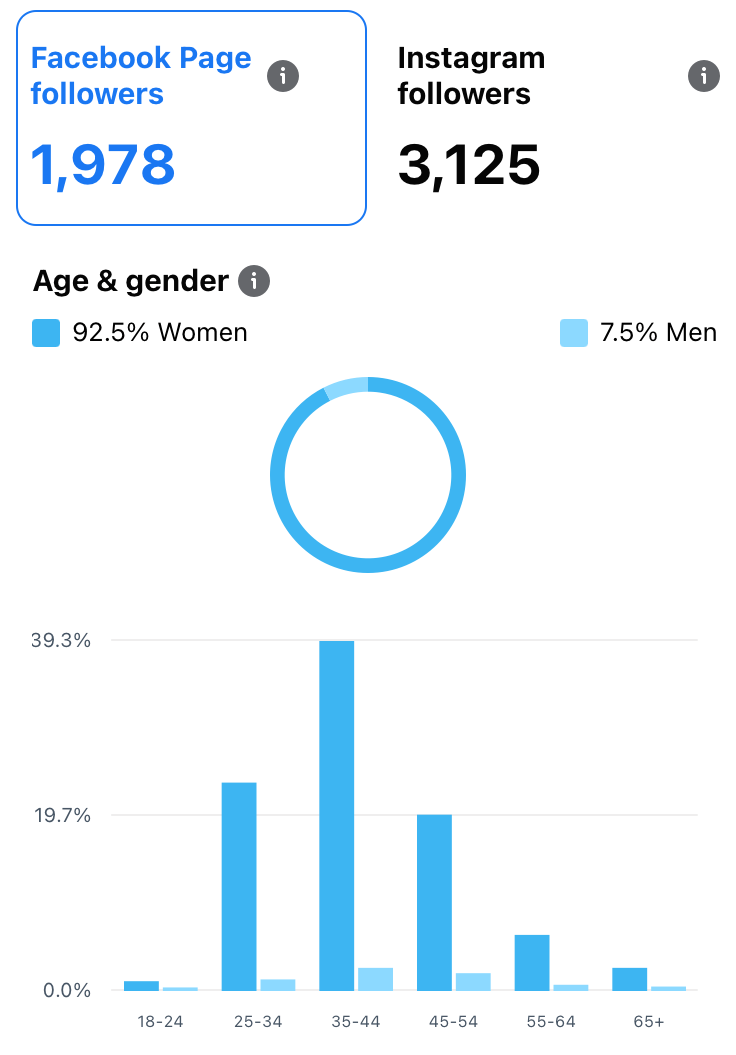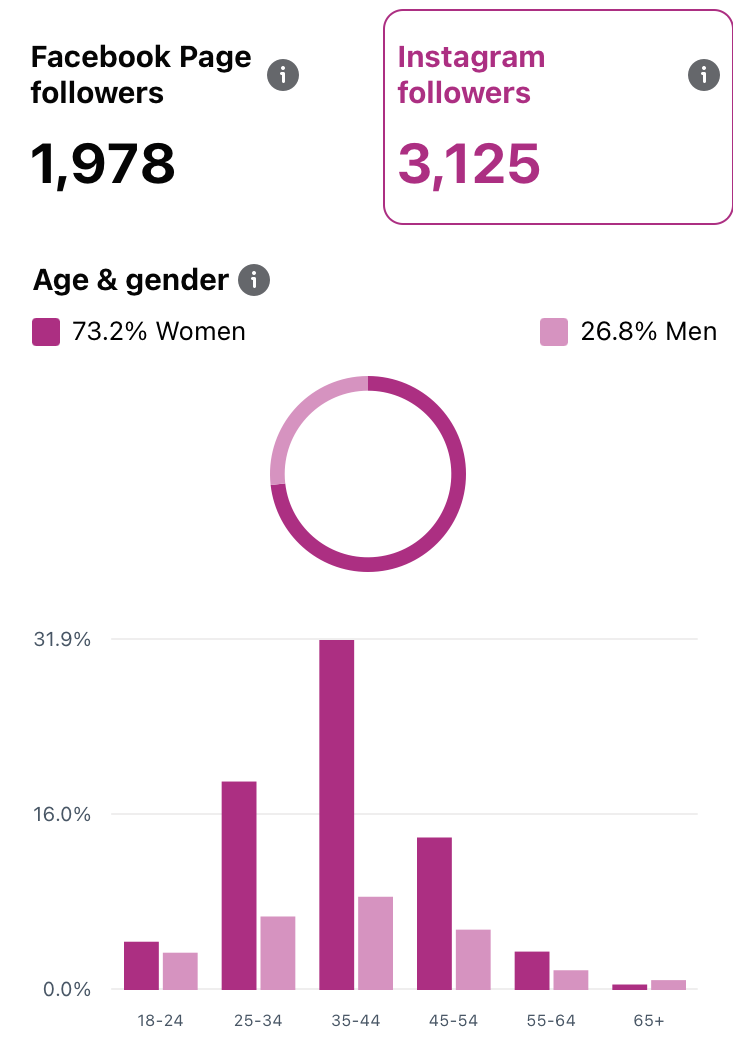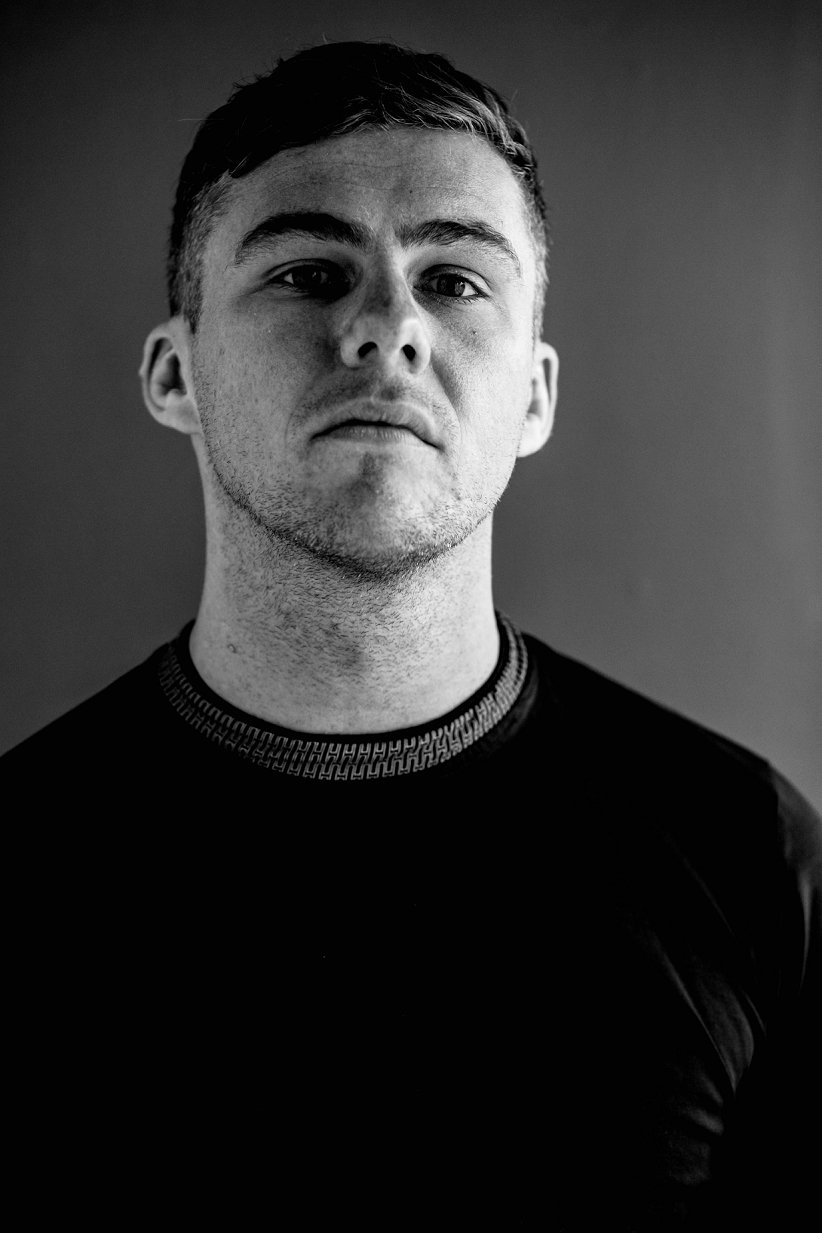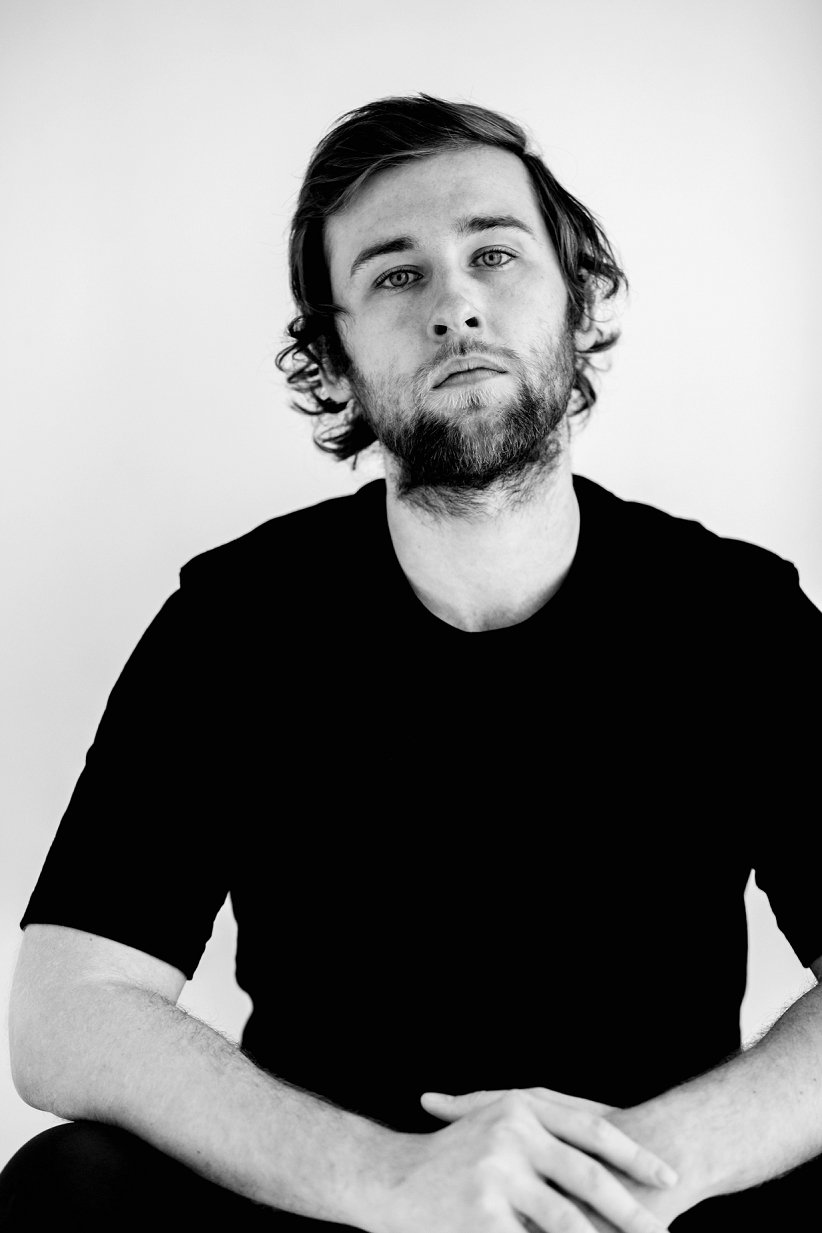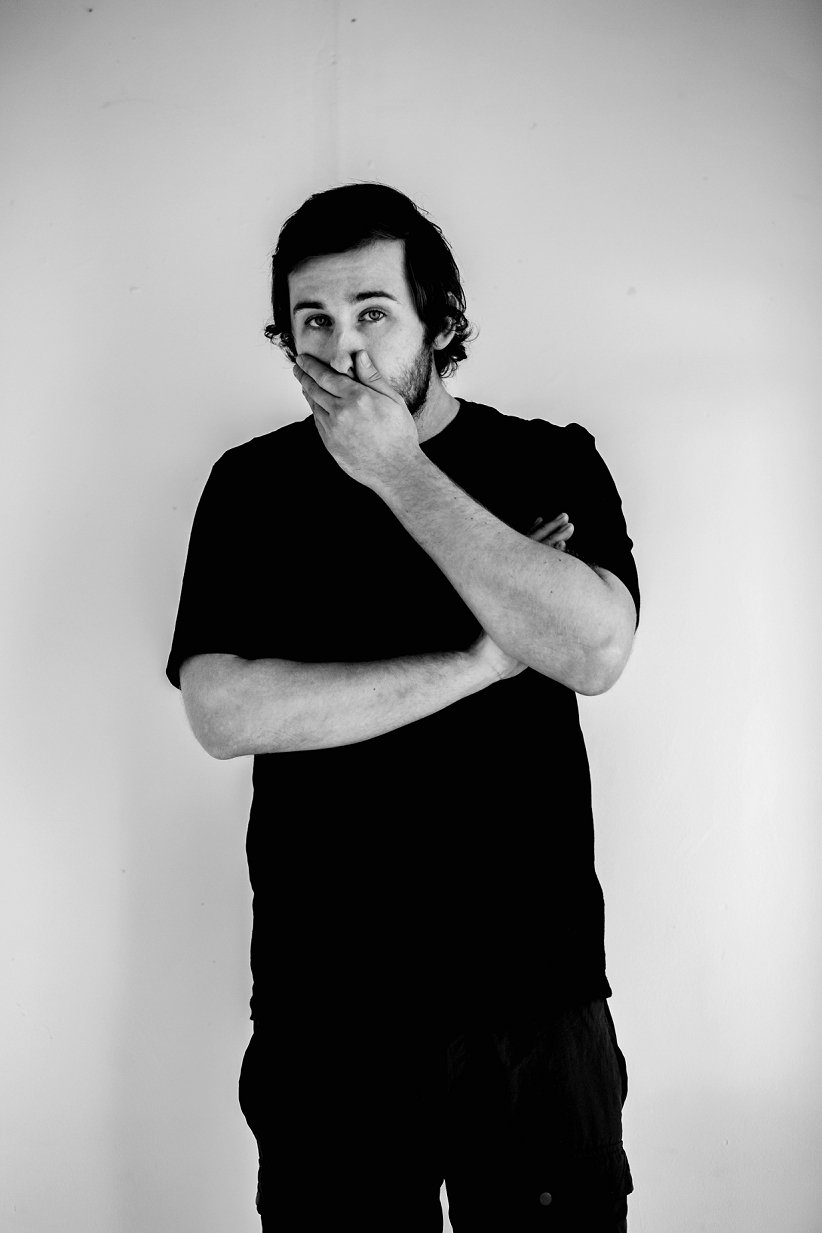What Masculinity Means?
The unpicking of the established process to create a new concept.
Summary: This project spanned across the year of 2021-2022, unpicking and designing a methodology for a complex and wicked question: What is masculinity?
This project, as well as being autoethnographic, is participatory and human centric in design. Resulting in a methodology of “The Wall”, which can be applied to any human centric wicked questions, the design of Artifacts and authentic images that do not feed back into stereotypes of media masculinity.
This process of unpicking the tacit to the design of methodology, has been guest lectured by yours truly, to MA Design and Fine Art Students at Chester University.
Come As You Are.
The first step in creating a participatory design process was to begin with what I know. Red Shoe’s design process is to create an experience to sell a product, and although the experience has been enjoyed by hundreds of woman since 2013, this method is not designed for participatory within portraiture.
I created a post within the Red Shoe business social platforms introducing the project idea to photograph the woman just as she is, with no styling, pose direction or airbrush editing. I underestimated the number of women that wanted to participate, and between October and December of 2021, 20 women were photographed (fig. 9).
I looked at the current Red Shoe design process and began to unpick the stages from the product to build the participatory (fig. 10). By replacing stages such as hair and makeup, to an hour of conversation with tea and coffee, and using agreed key words from our conversation as the thoughts and feelings for the portraits. This taxology included words such as awkward, lost, powerful, sexual, achievement and flaws.
To see the full results click here
Fig. 9Come As You Are was successful in creating a new design process from the product to the participatory, however this project has become a success in its own right and is continuing separately from this design process investigation into a collaboration. The next step is to meet with the participants with a view of planning how showcase this project.
fig. 10What do you think?
To take this process from the feminine portrait to the masculine I observed the first two steps in the process: Step One - Brand & Ethos. Step Two - prompt a response.
Although there are male followers on both Instagram and Facebook, the percentage is far less (fig. 11 & 12).
Fig. 11 & 12The social platform Instagram holds the majority of male followers, with Instagram stories reaching the same number of accounts (on average 200 per post) and is a feature for viewers to engage with, I resolved this would be the best place to pose the question “What does masculinity mean to you?”. I shared each response with an image from the paper project back within the Instagram stories to continue conversation (fig. 13).
This experiment was helpful for two reasons: It introduced the audience to the conversation, and as such also introduced the audience to the project (fig. 14). This question created the beginnings of participation through conversation.
To see the full results click here.
Fig. 13Fig. 14Text & Image.
The unpicking of process led me to question if the Red Shoe current ethos and branding of female centric portrait photography hindered the possibility of this project of masculinity. I tested this idea by posting upon my personal FaceBook page (fig.15), which is based upon friendship and not upon product or profession, I have over 1200 friends and estimate 50% are male.
Fig. 15This post had far less engagement than my usual posts, and for the first three hours there was zero engagement. It took only one person (fig.16) to comment and participate with an image and text before others began joining in.
I concluded within this investigation that potential participants may engage more freely when presented with a final artifact, and as such, to see what it is that they are participating in. The problem now presented is, that an artifact is needed for engagement, and without engagement there is not an artifact.
To see the results click here
Fig. 16Test Shoots.
Following on from the conclusion that artefacts are needed, a post was created on Red Shoe Instagram stories (fig. 17). Because this shoot is designed to explore and to create artefacts for engagement, and not to deliver personal results for the participant, a certain skill level from the participant was needed in form of expression and engagement with the idea.
However, once more, this resulted in less then usual in terms of engagement with just one response (fig.19). The person’s direct message was one of not speaking too kindly about themselves, and my duty of care is to this person, as this photo shoot was to explore and is not results driven, I suggested that currently they were not suitable for this shoot and invited them in taking part in the main project once the design process is established.
Fig. 17A second attempt was much more direct in narrative (fig.18), to include an image and delivered to a friend who provides acting classes. As well as delivering this straight to my friend as a message I again delivered this to the Instagram stories.
From this six people contacted interested in arranging shoots. Five actors, and one a photographer friend who had seen this message repeated upon Red Shoes Instagram stories. From the six people I was able to arrange four to be photographed, with the other two, studio times and dates clashed.
To see the results click here
Fig. 18From the Come As You Are design process of conversation before the photo session and applying taxology during the session, words such as: vulnerability, uniform (the clothes you wear), language (how you talk), arrogance, aggression, and femininity.
Common body language themes began to appear such as; “show me arrogance” resulted in a chin up (fig. 21 & 22) and “show me aggression” resulted in chin down (fig. 23 & 24).
Fig. 21, 22, 23 and 24Liam
Masculinity test shoot #1
“It was a really insightful experience assisting Sarah with this project on the subject of masculinity and how it can be expressed unconsciously in many forms, particularly through body language even through a subtle change in stance or posture.
When I found out the topic of the project, I was keen to participate due to my own personal experiences as a teenager attending an all boys school, constantly in all male environments through sport (football) and having predominantly male friends.
Over recent years I’ve started to become more aware of my own mannerisms in how I express and conduct myself with the help of exploring new ventures (acting) and trying to determine where and when old habits serve little purpose or when they can be beneficial if utilised consciously.
It’s becoming more apparent to me of how unconscious fears, insecurities and conditioning determine how I behave in various social situations, presenting myself in a way that brings a false sense of security without realising and convincing myself that certain body language is fitting for particular moments.
It’s been so easy to fall in to the trap of certain stereotype(s) to provide myself with additional comfort although it’s also refreshing to examine how ones own masculinity can be harnessed in a positive way under the right circumstances and in certain environments.
It was a pleasure to work with Sarah who was very welcoming and made the whole experience thoroughly enjoyable. I came away from the day with more of an insight into myself, my past experiences and how my own personal masculinity/femininity can be expressed in future more authentically and consciously online can make all the difference.
Martin
Masculinity test shoot 2
“Masculinity for me has always had negative connotations, the image of an “Alpha male” is not something to aspire to. I've never felt I've really fitted in with the masculine stereotype. I’m not physically strong and I don’t feel I have that drive to constantly be better than everyone else that some men seem to have. I am an only child so I've never needed that sense of competition, I’ve never had to fight for attention.
Through my teenage years the men I admired, people like Bowie, or Kurt Cobain, always had a sense of androgyny, a campness about them, they were individuals you couldn’t pin down, and that was far more alluring than whatever mainstream fashion was for boys/men in the 90s.
We tried to avoid the “Go out, get pissed, pull a bird, if you don’t pull, start a fight” mindset so much, that when we fancied going clubbing, other than a rock club, we used to go to gay clubs, the atmosphere was so much more friendly and less aggressive.
I think its this pretence that men have to be manly, whatever that means, and any typically feminine qualities are signs of weakness. I also noticed it again when I moved to Cheshire from London, the men I was meeting through work in these little Cheshire villages just seemed so….up tight, and unable to express any emotion other than larger and football.
I am now a father and I think it’s this confidence to stand out, and stand up for what you believe in, that is the most important thing I’ve taught my son about being a man. You don’t have to follow the crowd, it’s OK to be different and think for yourself. To stand up for injustices and be brave enough to call out your friends if you have to. So far, I think I’m doing an OK job, and my sons moral compass seems to be pointing in the right direction, and by me trying to teach him to be a good person, he is also making me a better person too.
I think a positive role model for masculinity would be George Bailey, the character played by James Stewart in ‘It’s a Wonderful Life’, a film made over 75 years ago and the themes are still so relevant today. A tale of a man just doing what needs to be done, and enriching the lives of everyone around him ”tell your story online can make all the difference”
Jay.
Masculinity test shoot 3
“Growing up as a male, masculinity is something that gets passed around a lot “to be masculine” “be the Alpha male in the room”, the thing some of us never get taught is we have masculine& feminine traits working through us at different times, an if we’re unconscious of them behaviours they can become very problematic in our lives”
Francis.
Masculinity test shoot 4
“I’ve always hated the word masculinity or a strong male … what does that mean in todays society ?
I’ve always preferred the company of women to men.
I’ve always been a dandy rather than a dictator
Being the son of a football coach I’ve always battled against the idea of being ‘ a strong male ‘
I can lead without being a leader and I can be the strong with being quiet.
I’ve always found the word masculinity contradicting
My idea of a form of masculinity is being a good father, a mentor and hold space for another people and their struggles … but isn’t that just being a decent person?”
Fig. 20Conclusion.
The process within these small investigations highlights the unconscious ways in which I process design thinking. Once it became apparent, through research, that the question of “what is masculinity?” was too great a question to tackle, I understood that a design to establish what masculinity means to an individual, through participatory portrait photography can be reached.
Come as You Are is a successful project in its own right, it was initially an action research investigation in creating a process step from the product into the participation. I underestimated the established Red Shoe brand and ethos in attracting many participants within this project, and as such less time remained for other smaller investigations.
The design process was viewed as a linear process, looking at steps one and two and creating an investigation to unpick this part before moving onto the next step in the process. Upon reflection, I would bypass these first few steps in the process and set to work at creating investigations around the end result, which sounds misguided, however, without showcasing why and how masculinity was to be photographed, this made it difficult in gaining participants and fundamental time was lost in action research. The investigations revealed that without displaying artifacts there are no participants, however participants are required to display the artifact. In retrospect I would have spent more time within the photo shoots investigations by asking friends to partake, with increased time spent creating and photographing the taxology and delivering these results to create ethos, branding and participation.
Despite the retrospect, the process within these investigations have resulted in these conclusions and moving forward I can implement these new methodologies, while planning the next form of investigations.
Bibliography
Berger, J. (1972). Ways of Seeing. London, United Kingdom: Penguin Books Ltd.
Creighton, G., Brussoni, M., Oliffe, J., & Olsen, L. (2015). Fathers on Child’s play: Urban and rural Canadian perspectives. Men and Masculinities, 18(5), 559-580. https://doi.org/10.1177/1097184X14562610
de Boise, S., & Hearn, J. (2017). Are men getting more emotional? critical sociological perspectives on men, masculinities and emotions. The Sociological Review (Keele), 65(4), 779-796. https://doi.org/10.1177/0038026116686500
Fong Gomez, S., Marshall, C., Jackson, R., & Allen, A. (2020). The portrait project: Content and process of identity development among young men of color in east oakland. Journal of Adolescent Research, 35(3), 341-367. https://doi.org/10.1177/0743558420908801
Griffin, G. male gaze (2021). In A Dictionary of Gender Studies: Oxford University Press. Retrieved 9 Feb. 2021, from https://www.oxfordreference.com/view/10.1093/acref/9780191834837.001.0001/acref-9780191834837-e-242. Jansen, C. (2017).
Girl on girl: Art and photography in the age of the female gaze. London, United Kingdom: Laurence King Publishing.
Levant, R. F., & Pryor, S. (2002). The tough standard: The hard truths about masculinity and violence. Oxford University Press.
Levant, R. F., & Wong, Y. J. (2017). The psychology of men and masculinities. American Psychological Association. https://doi.org/10.1037/0000023-000
Scott A. Lukas (2002) The Gender Ads. Retrieved from http://www.genderads.com/
Sutton-Brown, C. A. (2014). Photovoice: A methodological guide. Photography & Culture, 7(2), 169-185. https://doi.org/10.2752/175145214X13999922103165
Vokey, M., Tefft, B., & Tysiaczny, C. (2013). An analysis of hyper-masculinity in magazine advertisements. Sex Roles, 68(9-10), 562-576. https://doi.org/10.1007/s11199-013-0268-1 Zimbardo, P. (2011, March).




